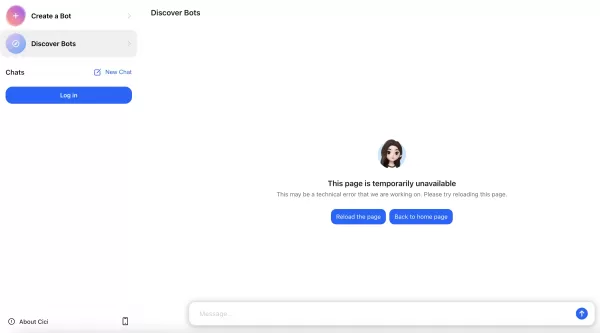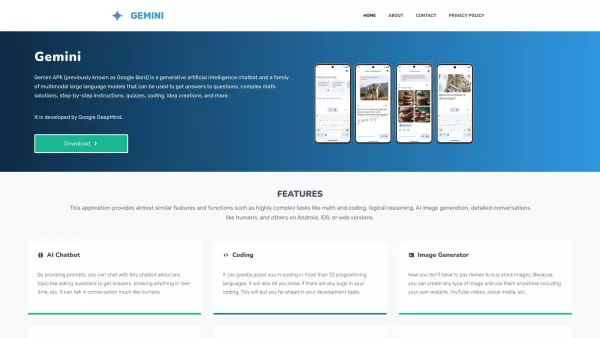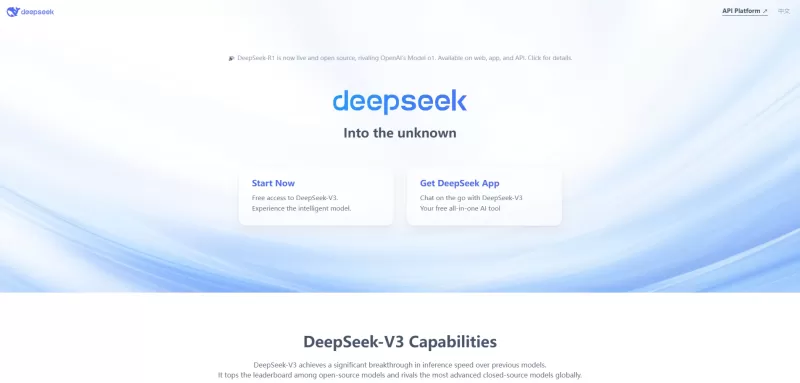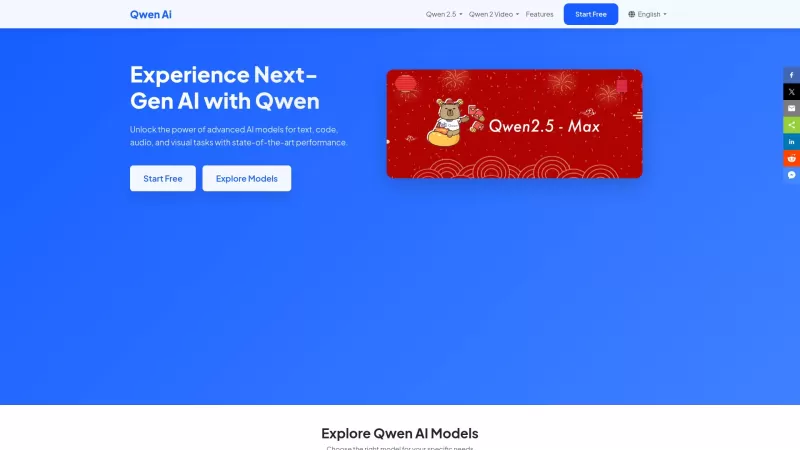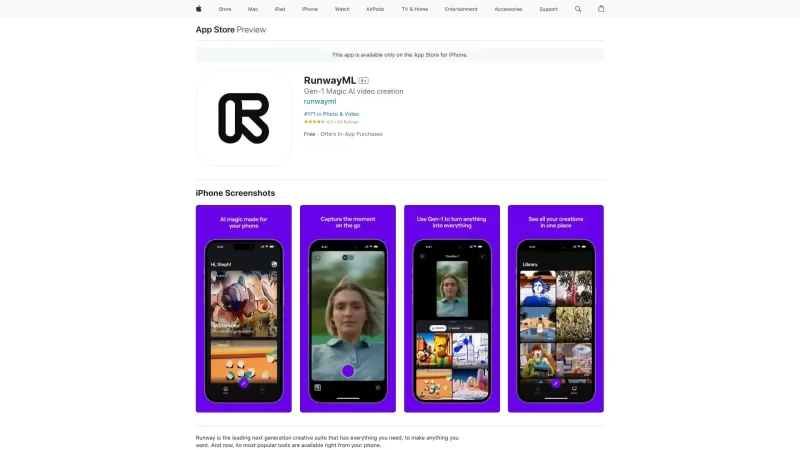Minecraft Villager AI Reimagines Music with Unique Sound Cover
The music production landscape continues to transform as AI technologies push creative boundaries in unexpected ways. One particularly fascinating development is AI-generated music covers that reinterpret popular songs using the distinctive vocal sounds of Minecraft villagers. These quirky yet musically capable covers demonstrate how machine learning can extract musical potential from unconventional sound sources, blending digital nostalgia with contemporary AI innovation.
Key Points
- AI transforms Minecraft villager sounds into musical performances
- Machine learning models analyze and reconstruct songs using game audio
- Process involves extensive training on both original music and sound samples
- Results showcase innovative applications of AI in creative audio production
- Delivers both technical achievement and humorous entertainment value
Understanding Villager AI Music Covers
The Science Behind the Sounds
Villager AI music covers represent a novel intersection of gaming culture and artificial intelligence. These creations utilize the primitive vocal sounds from Minecraft's villager characters, processing them through sophisticated algorithms to recreate recognizable songs while maintaining the villagers' signature blocky charm.
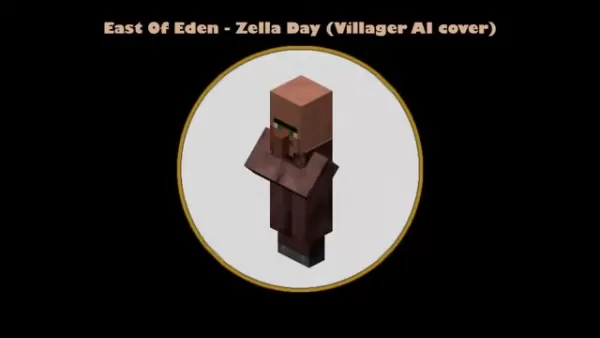
The technical process involves deep learning models trained on:
- Original song structures and melodies
- Comprehensive libraries of villager vocalizations
- Audio processing techniques for pitch and timing adjustment
This combination allows the AI to map musical elements onto the limitations of villager sounds, producing surprisingly coherent - if unconventional - musical performances that appeal to both Minecraft fans and music technology enthusiasts.
Technical Foundations
The creation pipeline relies on several advanced technologies working in concert:
- Neural network architectures specialized for audio processing
- Precise pitch-shifting algorithms to match musical notes
- Temporal alignment systems for rhythmic accuracy
- Sound synthesis techniques to enrich the basic sound palette
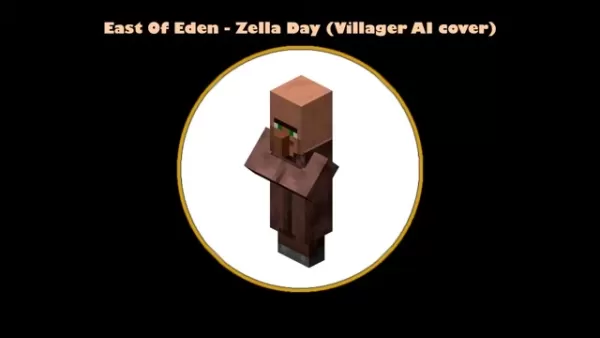
Data preparation proves particularly crucial, as engineers must carefully catalog and index thousands of villager sound samples by pitch, duration, and timbre. This structured database enables the AI to select optimal sounds when reconstructing musical phrases.
Creating Villager AI Covers
Sound Source Analysis
Minecraft's villager sounds possess several unique characteristics that present both challenges and opportunities for musical adaptation:
Sound Property Musical Application Limited frequency range Requires careful pitch mapping Short duration Needs time-stretching for sustained notes Distinctive timbre Creates signature sound character Emotional expressiveness Enables dynamic performance
Production Workflow
The typical creation process involves these key stages:
- Sound Extraction: Harvesting game audio files and isolating villager vocalizations
- Data Processing: Cleaning, categorizing and enhancing sound samples
- Model Training: Teaching AI systems to recognize musical patterns in source material
- Composition: Guiding the AI to reconstruct target songs using villager sounds
- Post-Production: Mixing and mastering the final audio output
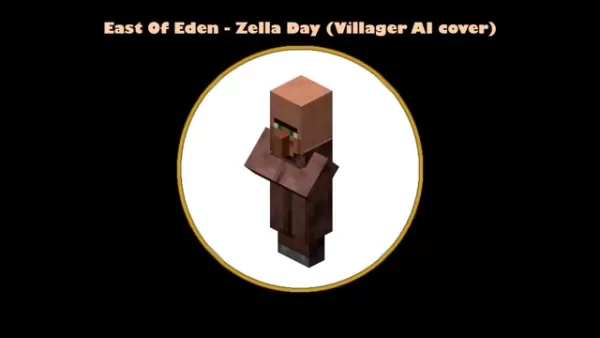
Practical Implementation
Technical Requirements
Creating professional-quality villager AI covers demands substantial computing resources:
- High-performance GPU for machine learning tasks
- Specialized audio processing software (DAWs, spectral editors)
- Substantial storage for sound libraries and training data
- Advanced machine learning frameworks (TensorFlow, PyTorch)
Creative Considerations
Successful projects balance technical execution with artistic vision:
- Song selection that suits villager sound characteristics
- Creative interpretation rather than strict replication
- Embracing the inherent humor in the concept
- Maintaining musical integrity despite unusual sound sources
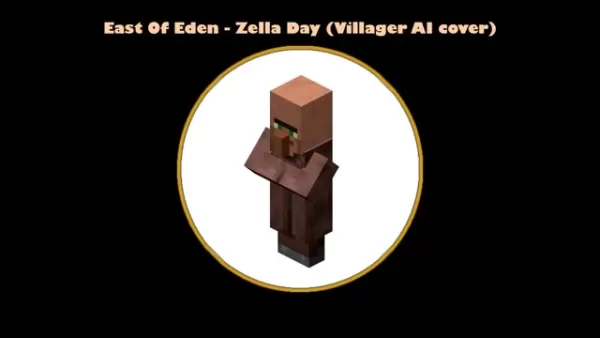
Applications and Impact
Creative Possibilities
This technology opens doors to numerous innovative applications:
- Novel entertainment content blending gaming and music
- Educational demonstrations of audio processing techniques
- Experimental music production approaches
- Sound design innovations for media projects
Industry Implications
The development of villager AI covers highlights broader trends:
- Democratization of music production through AI
- New forms of digital nostalgia and remix culture
- Growing intersection between gaming and music industries
- Expanding creative possibilities through machine learning
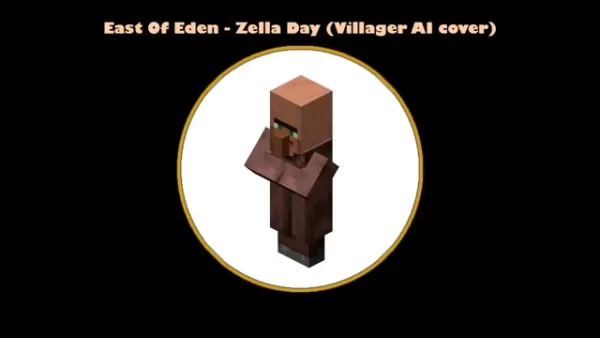
Frequently Asked Questions
How does the AI match villager sounds to musical notes?
The system analyzes pitch content in source sounds and applies digital signal processing to shift frequencies to desired musical notes while preserving characteristic timbre.
Can this technology recreate any song?
While theoretically possible, results vary based on song complexity and how well it suits the limited villager sound palette. Simpler melodies with clear phrasing work best.
What are the copyright considerations?
Creators must consider rights for both the original musical composition and game sound assets. Many post covers as transformative works under fair use principles.
How long does the creation process take?
Production time ranges from days to weeks depending on song length and desired quality, with model training representing the most time-intensive phase.
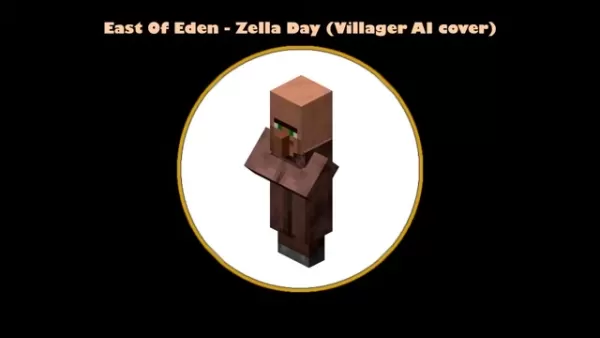
Future Developments
Technical Advancements
Emerging technologies promise even more sophisticated results:
- Improved neural vocoders for cleaner sound
- Real-time generation capabilities
- Enhanced emotional expression in synthetic voices
- Automated mixing and mastering workflows
Expanding Applications
Similar techniques could be applied to:
- Other game character sounds
- Synthetic instrument creation
- Accessible music production tools
- Interactive music experiences
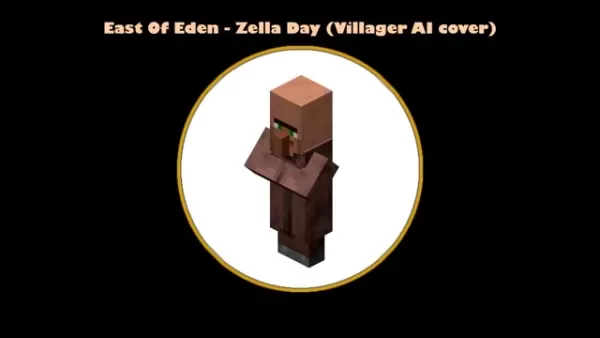
 "Graph AI Transforms Business Intelligence Using Knowledge Graphs"
Key PointsGraph AI harnesses knowledge graphs revealing hidden connections within complex datasets.Knowledge graphs visualize information as interconnected nodes and relationships.Identifies irregular patterns through sophisticated anomaly detection
"Graph AI Transforms Business Intelligence Using Knowledge Graphs"
Key PointsGraph AI harnesses knowledge graphs revealing hidden connections within complex datasets.Knowledge graphs visualize information as interconnected nodes and relationships.Identifies irregular patterns through sophisticated anomaly detection
 Midjourney Unveils Cutting-Edge AI Video Generator for Creative Content
Midjourney's AI Video Generation BreakthroughMidjourney has unveiled its inaugural AI video generation tool, marking a significant expansion beyond its renowned image creation capabilities. The initial release enables users to transform both uploaded
Midjourney Unveils Cutting-Edge AI Video Generator for Creative Content
Midjourney's AI Video Generation BreakthroughMidjourney has unveiled its inaugural AI video generation tool, marking a significant expansion beyond its renowned image creation capabilities. The initial release enables users to transform both uploaded
 Google Curbs Pixel 10 Leaks by Officially Revealing the Smartphone Early
Google is teasing fans with an early glimpse of its upcoming Pixel 10 smartphone lineup, showcasing the official design just weeks before the scheduled August 20th launch event.A promotional video on Google's website reveals a sleek grayish-blue devi
Comments (0)
0/200
Google Curbs Pixel 10 Leaks by Officially Revealing the Smartphone Early
Google is teasing fans with an early glimpse of its upcoming Pixel 10 smartphone lineup, showcasing the official design just weeks before the scheduled August 20th launch event.A promotional video on Google's website reveals a sleek grayish-blue devi
Comments (0)
0/200
The music production landscape continues to transform as AI technologies push creative boundaries in unexpected ways. One particularly fascinating development is AI-generated music covers that reinterpret popular songs using the distinctive vocal sounds of Minecraft villagers. These quirky yet musically capable covers demonstrate how machine learning can extract musical potential from unconventional sound sources, blending digital nostalgia with contemporary AI innovation.
Key Points
- AI transforms Minecraft villager sounds into musical performances
- Machine learning models analyze and reconstruct songs using game audio
- Process involves extensive training on both original music and sound samples
- Results showcase innovative applications of AI in creative audio production
- Delivers both technical achievement and humorous entertainment value
Understanding Villager AI Music Covers
The Science Behind the Sounds
Villager AI music covers represent a novel intersection of gaming culture and artificial intelligence. These creations utilize the primitive vocal sounds from Minecraft's villager characters, processing them through sophisticated algorithms to recreate recognizable songs while maintaining the villagers' signature blocky charm.

The technical process involves deep learning models trained on:
- Original song structures and melodies
- Comprehensive libraries of villager vocalizations
- Audio processing techniques for pitch and timing adjustment
This combination allows the AI to map musical elements onto the limitations of villager sounds, producing surprisingly coherent - if unconventional - musical performances that appeal to both Minecraft fans and music technology enthusiasts.
Technical Foundations
The creation pipeline relies on several advanced technologies working in concert:
- Neural network architectures specialized for audio processing
- Precise pitch-shifting algorithms to match musical notes
- Temporal alignment systems for rhythmic accuracy
- Sound synthesis techniques to enrich the basic sound palette

Data preparation proves particularly crucial, as engineers must carefully catalog and index thousands of villager sound samples by pitch, duration, and timbre. This structured database enables the AI to select optimal sounds when reconstructing musical phrases.
Creating Villager AI Covers
Sound Source Analysis
Minecraft's villager sounds possess several unique characteristics that present both challenges and opportunities for musical adaptation:
| Sound Property | Musical Application |
|---|---|
| Limited frequency range | Requires careful pitch mapping |
| Short duration | Needs time-stretching for sustained notes |
| Distinctive timbre | Creates signature sound character |
| Emotional expressiveness | Enables dynamic performance |
Production Workflow
The typical creation process involves these key stages:
- Sound Extraction: Harvesting game audio files and isolating villager vocalizations
- Data Processing: Cleaning, categorizing and enhancing sound samples
- Model Training: Teaching AI systems to recognize musical patterns in source material
- Composition: Guiding the AI to reconstruct target songs using villager sounds
- Post-Production: Mixing and mastering the final audio output

Practical Implementation
Technical Requirements
Creating professional-quality villager AI covers demands substantial computing resources:
- High-performance GPU for machine learning tasks
- Specialized audio processing software (DAWs, spectral editors)
- Substantial storage for sound libraries and training data
- Advanced machine learning frameworks (TensorFlow, PyTorch)
Creative Considerations
Successful projects balance technical execution with artistic vision:
- Song selection that suits villager sound characteristics
- Creative interpretation rather than strict replication
- Embracing the inherent humor in the concept
- Maintaining musical integrity despite unusual sound sources

Applications and Impact
Creative Possibilities
This technology opens doors to numerous innovative applications:
- Novel entertainment content blending gaming and music
- Educational demonstrations of audio processing techniques
- Experimental music production approaches
- Sound design innovations for media projects
Industry Implications
The development of villager AI covers highlights broader trends:
- Democratization of music production through AI
- New forms of digital nostalgia and remix culture
- Growing intersection between gaming and music industries
- Expanding creative possibilities through machine learning

Frequently Asked Questions
How does the AI match villager sounds to musical notes?
The system analyzes pitch content in source sounds and applies digital signal processing to shift frequencies to desired musical notes while preserving characteristic timbre.
Can this technology recreate any song?
While theoretically possible, results vary based on song complexity and how well it suits the limited villager sound palette. Simpler melodies with clear phrasing work best.
What are the copyright considerations?
Creators must consider rights for both the original musical composition and game sound assets. Many post covers as transformative works under fair use principles.
How long does the creation process take?
Production time ranges from days to weeks depending on song length and desired quality, with model training representing the most time-intensive phase.

Future Developments
Technical Advancements
Emerging technologies promise even more sophisticated results:
- Improved neural vocoders for cleaner sound
- Real-time generation capabilities
- Enhanced emotional expression in synthetic voices
- Automated mixing and mastering workflows
Expanding Applications
Similar techniques could be applied to:
- Other game character sounds
- Synthetic instrument creation
- Accessible music production tools
- Interactive music experiences

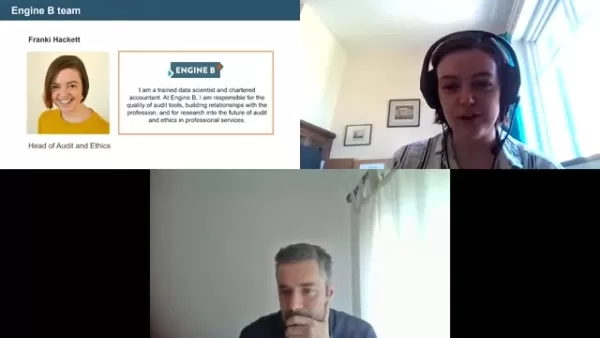 "Graph AI Transforms Business Intelligence Using Knowledge Graphs"
Key PointsGraph AI harnesses knowledge graphs revealing hidden connections within complex datasets.Knowledge graphs visualize information as interconnected nodes and relationships.Identifies irregular patterns through sophisticated anomaly detection
"Graph AI Transforms Business Intelligence Using Knowledge Graphs"
Key PointsGraph AI harnesses knowledge graphs revealing hidden connections within complex datasets.Knowledge graphs visualize information as interconnected nodes and relationships.Identifies irregular patterns through sophisticated anomaly detection
 Midjourney Unveils Cutting-Edge AI Video Generator for Creative Content
Midjourney's AI Video Generation BreakthroughMidjourney has unveiled its inaugural AI video generation tool, marking a significant expansion beyond its renowned image creation capabilities. The initial release enables users to transform both uploaded
Midjourney Unveils Cutting-Edge AI Video Generator for Creative Content
Midjourney's AI Video Generation BreakthroughMidjourney has unveiled its inaugural AI video generation tool, marking a significant expansion beyond its renowned image creation capabilities. The initial release enables users to transform both uploaded
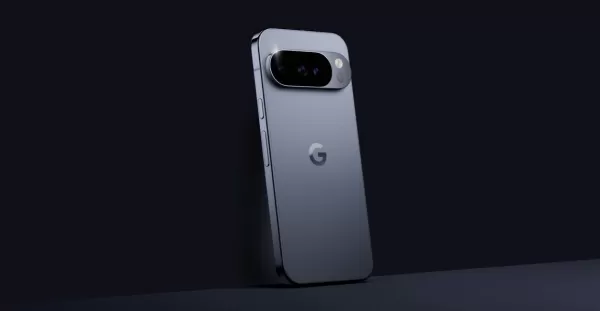 Google Curbs Pixel 10 Leaks by Officially Revealing the Smartphone Early
Google is teasing fans with an early glimpse of its upcoming Pixel 10 smartphone lineup, showcasing the official design just weeks before the scheduled August 20th launch event.A promotional video on Google's website reveals a sleek grayish-blue devi
Google Curbs Pixel 10 Leaks by Officially Revealing the Smartphone Early
Google is teasing fans with an early glimpse of its upcoming Pixel 10 smartphone lineup, showcasing the official design just weeks before the scheduled August 20th launch event.A promotional video on Google's website reveals a sleek grayish-blue devi

